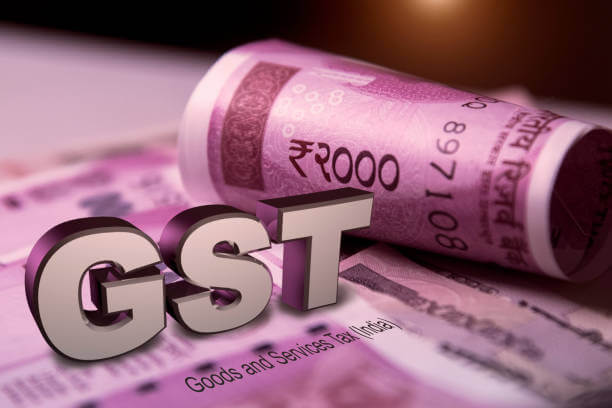The “Digital India” concept in India has moved many segments of government organisations to save all those documents and invoices online. There is no exemption for the GST too.
When we do e-invoicing of GST then it will help in streamlining the tax collection and deduction in India through online mode and there is no need for pen-and-paper systems. When everything is done on a digital platform it saves a lot of effort and time for the business people. You sometimes need guidance or assistance when you plan for these digitised platforms. Before you want to start anything try to get advice from the legal experts in the market, they will clearly state to you where to do what. This gives you a kind of clarity. Here in this blog we will give you clear insights on how to generate an GST e- invoice.
Digital Payment System
In recent days India has been trying to involve a digital system to collect all the taxes and streamlining them.This is one of the best things that makes the country to store the data in the best way and access them very easily whenever we need them. It not only helps the government it helps businesses to check for their taxes and helps them to pay the taxes on time through the online mode. It also saves a lot of time and money and helps them to concentrate more on other things.
Through e- invoicing it reduces the overall burden of compliance. The data will be stored in an accurate manner and it eliminates the duplication of information that is caused due to manual errors. One can even benefit through the e-invoicing system on the GST portal.
The GST e-invoice option in the portal will help you to generate an Invoice Reference Number for invoices generated for a GSTN.
Once the required data is entered then it auto-populates several systems, GST refund and return forms, etc.This makes the process to be very simple.
An Overview of GST e-Invoicing
In the 35th GST Council Meeting of 2019 a proposal for implementing a GST e-invoice system was presented. In that particular discussion they had planned to launch a pilot scheme by January 2020. The scheme will facilitate the online B2B e-invoice generation, but there was an extension on the implementation date due to the compliances faced. In April 2021, the 3rd phase of the e-Invoice was implemented on the system. In which those businesses with annual turnover of 50 crores or above in the previous financial year can make use of it.
Benefits of e-Invoice in GST
When you generate invoices through online mode, you will have the following benefits
- Provides an aid for taxation through a defined standard invoice
- It helps to generate the invoice and tax submission across the GST platforms
- Increased efficiency through cross platform integration
- Unnecessary data transfer and re-entries can be avoided by using this platform
- It simplifies the processes of input tax credit
- With the e-invoices it helps the business to save time as there is no need to maintain a folder to save everything properly.
- Using this digital way it reduces the burden of compliance on businesses
Features GST Portal
- Invoice Reference Number is generated for every invoice, when the user starts to generate e-invoice through the portal. Taxpayers can use this unique number to get his data whenever he is in need.
- Invoice Reference Number, shortly known as IRN is a 64-character long unique ID generated whenever a request for e-invoice is made on the GST portal.
- For every successful upload e-invoice the system will generate a number. That is the IRN, so all the suppliers and dealers who are into the business need to mention this IRN number in their invoice or in the necessary places.
- As per the GST Council,there is no kind of format available. Only one thing is that the invoice should have all the details that are mentioned as necessary under government forms.
- Once the e-invoice is submitted successfully then the system will generate an IRN and a QR code, which can be shared with the suppliers to be used on their portal while billing. The QR code consists of GSTIN of both the supplier and recipient, Invoice number, date, and value, Number of items,HSN code of the item with the highest value, Invoice Reference Number if there is any dispute then they can raise issues using this invoice.
Steps to generate the e-invoice
Generating invoice is very simple, you can use these below steps:
Step 1: Create an invoice using your already existing billing or accounting software. Make sure that the generated invoice follows all the standards according to the government.
Step 2: After that when you need to pay your tax you need to have a JSON format to the GST Invoice Registration Portal.
Step 3: Once you have submitted your invoice it will start the validation process and throw the error if any. If there is no error then the IRP system will add a digital signature to the invoice.
Step 4: Once the digital signature is added, then the system will generate an IRN and QR code for the invoice.
Step 5: Once it is generated it is forwarded to the taxpayer as a valid GST e-invoice.
Bottom Line:
Generating these invoices online can help you save a lot of effort travelling to some places and doing it so. If you are not aware of all the techniques and platforms or you need some assistance from experts who can maintain this work for you without any deal, you have to contact experts like us. Who has more than a decade of experience in dealing with company registration and other legal related queries.We are available through call or email, kindly contact us and feel free to ask any legal advice you need to either setup your business or how to organise legal things in your business.

